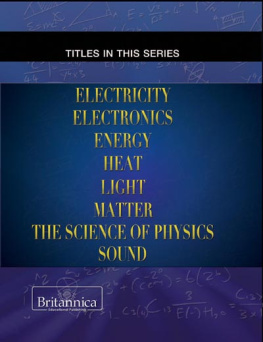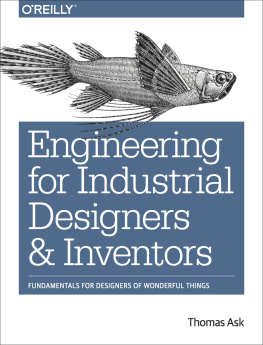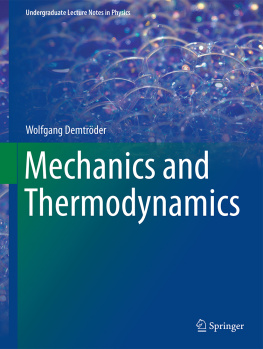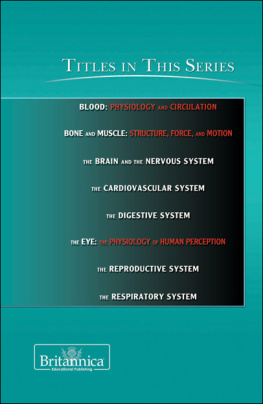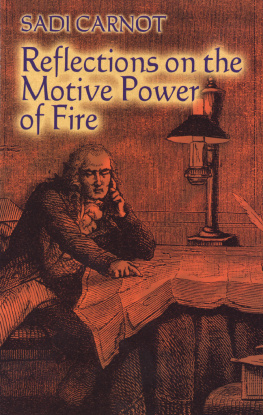The Britannica Guide to Heat, Force, and Motion
PHYSICS EXPLAINED
The Britannica Guide to Heat, Force, and Motion
EDITED BY ERIK GREGERSEN, ASSOCIATE EDITOR, SCIENCE AND TECHNOLOGY

Published in 2011 by Britannica Educational Publishing
(a trademark of Encyclopdia Britannica, Inc.)
in association with Rosen Educational Services, LLC
29 East 21st Street, New York, NY 10010.
Copyright 2011 Encyclopdia Britannica, Inc. Britannica, Encyclopdia Britannica, and the Thistle logo are registered trademarks of Encyclopdia Britannica, Inc. All rights reserved.
Rosen Educational Services materials copyright 2011 Rosen Educational Services, LLC.
All rights reserved.
Distributed exclusively by Rosen Educational Services.
For a listing of additional Britannica Educational Publishing titles, call toll free (800) 237-9932.
First Edition
Britannica Educational Publishing
Michael I. Levy: Executive Editor
J.E. Luebering: Senior Manager
Marilyn L. Barton: Senior Coordinator, Production Control
Steven Bosco: Director, Editorial Technologies
Lisa S. Braucher: Senior Producer and Data Editor
Yvette Charboneau: Senior Copy Editor
Kathy Nakamura: Manager, Media Acquisition
Erik Gregersen: Associate Editor, Science and Technology
Rosen Educational Services
Hope Lourie Killcoyne: Senior Editor and Project Manager
Nelson S: Art Director
Cindy Reiman: Photography Manager
Matthew Cauli: Designer, Cover Design
Introduction by Erik Gregersen
Library of Congress Cataloging-in-Publication Data
The Britannica guide to heat, force, and motion / edited by Erik Gregersen.1st ed.
p. cm.(Physics explained)
In association with Britannica Educational Publishing, Rosen Educational Services.
Includes bibliographical references and index.
ISBN 978-1-61530-380-9 (eBook)
1. Thermodynamics--Popular works. I. Gregersen, Erik. II. Title: Heat, force, and motion.
QC311.B835 2011
536.7dc22
2010018515
Cover, p. www.istockphoto.com/fleag
On page : The physical forces of air resistance, friction, and gravity are at play on a baseball when tossed in a game of catch. As Galileo first noted, the curved path followed by such a projectile is a parabola. Thinkstock Images/Comstock/Getty Images
On page : The locomotive is powered by a steam engine that converts the energy from burning coal into forward motion. Istockphoto/Thinkstock
On pages : A gyroscope. Tim Simmons/Stone/Getty Images
CONTENTS

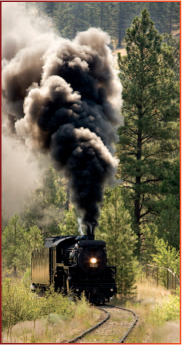

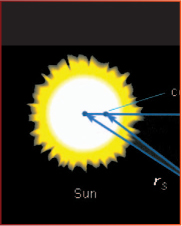
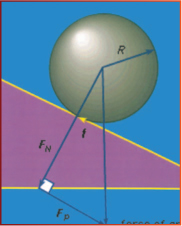
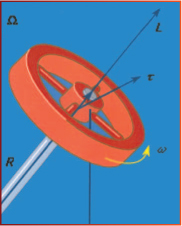
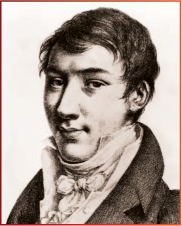



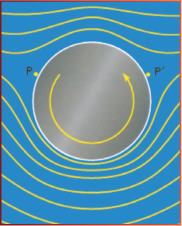
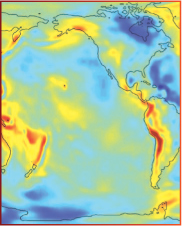
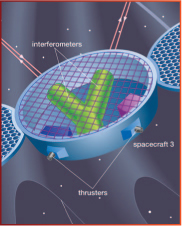


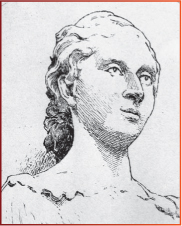
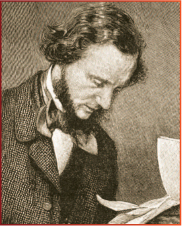
INTRODUCTION

H eat, force, and motionthe most fundamental parts of physics, form the beginnings of many basic physics courses. They are also part of everyday life. Everyone has felt hot or cold. Everyone has stubbed a toe or thrown a ball. The subfields of thermodynamics and mechanics, unlike more complex areas such as quantum mechanics and relativity, are the closest to everyday human experience as it has happened throughout history. This book provides readers with in-depth coverage of these physical concepts, as well as examples and simple experiments that concretize the ideas covered.
Thermodynamics, as the name reveals, is the study of heat and how it moves and changes. The exact nature of heat was not realized until the mid-19th century. Prior to that time, the dominant explanation of temperature and related phenomena was the caloric theory of heat. Caloric was an invisible weightless substance that permeated matter. Cold objects contained little caloric; hot objects contained a good deal of it. Since caloric flowed from hot to cold, caloric repelled itself.
The caloric theory had some success and did explain many aspects of heat. However, in 1798, Sir Benjamin Thompson, Count Rumford of the Holy Roman Empire, became interested in cannon making and how it related to caloric. Cannons were made by having horses turn an iron bit, which bored away the center of a metal cylinder. The bit grinding against the middle of the cylinder generated heat. By immersing the cannon in water and driving the horses for hours, Thompson was able to boil the water from the friction and so able to calculate how much caloric was transferred from the cannon to the water. However, the caloric originally must have come from the bit, but if the bit contained enough caloric to boil the amount of water necessary to cover a cannon, the bit would have melted before it even touched the cannon.
Count Rumfords experiment was ignored for the most part, and the science of thermodynamics proceeded with caloric as its foundation. The French soldier Sadi Carnot explained heat enginesmachines that use heat to make something else move, such as the piston in a steam engineusing the caloric theory. It was not until the 1840s that Julius Robert van Mayer in Germany and James Joule in England disproved the caloric theory and found the true nature of heat. In a cylinder containing gas that is heated, expands, and moves a piston (Mayer) and a paddle wheel stirring water (Joule), the heat was found to be equal to the energy of the motion. Heat was a form of energy. The energy put into stirring the paddle wheel had heated the water. The energy had not been created or destroyed; it had been merely converted from one form to another. The total amount of energy was conserved. This is the first law of thermodynamics.
Next page







